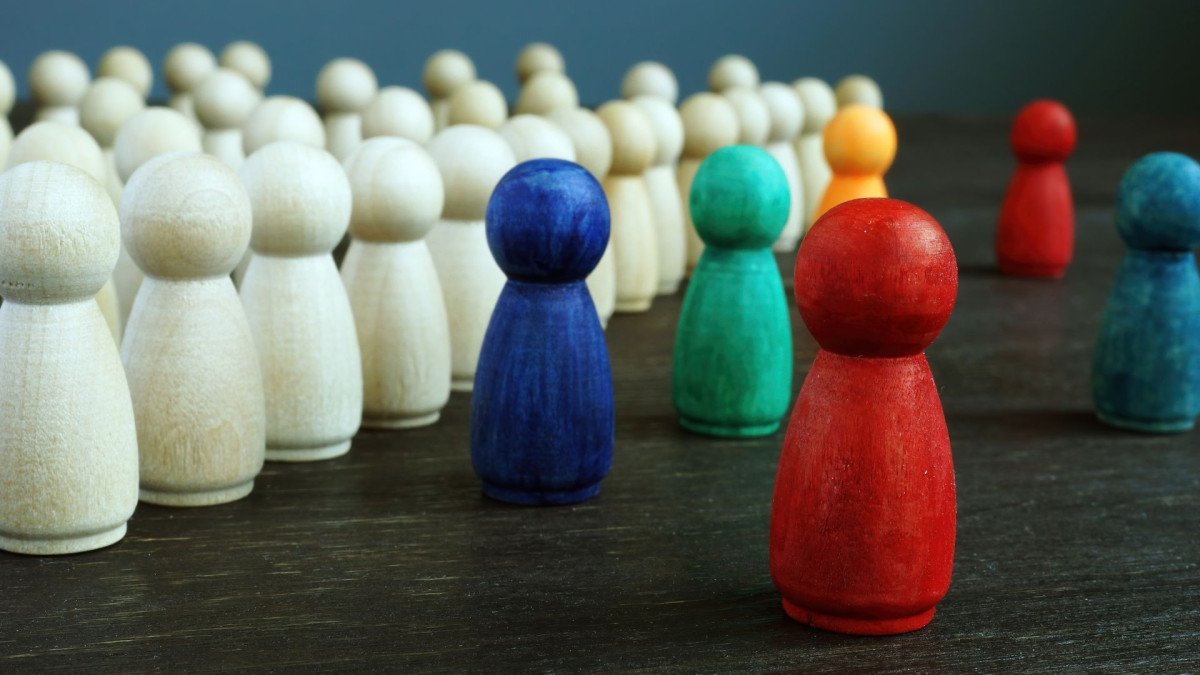Combatting Gender Apartheid and Its Global Impact
Systemic structures worldwide perpetuate gender inequalities, consistently devaluing women while prioritizing men and masculinity. This discrimination, segregation, and unequal opportunities based on gender limit the full development and equitable participation of all, violating fundamental human rights. The concept of gender apartheid draws parallels with historical racial segregation to describe these systematic limitations imposed on women.
Historical Context of Gender Apartheid
To understand gender apartheid, it’s crucial to grasp its historical origins and the activist movement it spawned. The term itself is linked to racial apartheid, which enforced segregation and denied rights to marginalized groups. This system aimed to maintain power among a minority, who constituted a smaller portion of the population.
Gender apartheid uses this parallel to explain how systematic societal constructs isolate women in relation to men, who have historically enjoyed greater rights, freedoms, and opportunities. This imbalance persists in daily life, often masked by assumptions that “things aren’t so bad” or “equality is increasing,” yet gender discrimination and patriarchal foundations remain deeply ingrained. Researchers trace the roots of gender apartheid to ancient patriarchal societies, where rigid, hierarchical gender roles relegated women to domestic and caregiving duties, while men held public power and leadership. These divisions established the systematic discrimination that shaped global societies.
Feminist struggles emerged in the 19th and early 20th centuries, advocating for suffrage, work rights, and equal opportunities. By the mid-20th century, with the rise of second-wave feminism, awareness of patriarchal power structures intensified, highlighting both subtle and explicit forms of gender discrimination. It was at this point that the term gender apartheid gained prominence, emphasizing its similarity to segregationist systems. Since then, the term has become central to feminist discourse, used to describe various forms of gender discrimination across different societies and cultures. Today, gender apartheid manifests in areas such as unequal access to education and healthcare, persistent wage gaps, gender-based violence, and the underrepresentation of women in positions of power and decision-making.

How Gender Apartheid Manifests in Society
The pervasive influence of gender apartheid is evident in various aspects of modern society. Here are some key manifestations:
1. Wage Gap
The gender wage gap remains one of the most persistent societal inequalities. Globally, women consistently earn less than their male counterparts for similar work, even with equivalent qualifications and experience. This disparity severely limits women’s financial autonomy and perpetuates cycles of economic dependence.
2. Political Participation and Leadership
While progress has been made in recent years, women’s representation in political office and leadership roles across various sectors remains insufficient. Cultural and social barriers, combined with a lack of opportunities and support, contribute significantly to the underrepresentation of women in decision-making positions.
3. Gender-Based Violence
Gender-based violence represents one of the most extreme forms of gender apartheid and the abuse of power against women. It disproportionately affects women and girls. Domestic violence, sexual harassment, human trafficking for sexual exploitation, and other forms of gender-based violence perpetuate the oppression and control of women, fundamentally denying their human rights and safety.
4. Education and Access to Opportunities
In many parts of the world, structural patriarchal norms create significant obstacles for girls and women seeking quality education. This limited access to education restricts their personal and professional development, thereby perpetuating social segregation and reducing their overall life opportunities.
5. Stereotypical Gender Roles
The persistence of traditional and stereotypical gender roles imposes rigid expectations on how men and women should behave and aspire. These constructed ideologies, rooted in patriarchy, limit individual realities and behaviors. They influence career choices, the distribution of domestic responsibilities, and the perception of each gender’s capabilities.
6. Motherhood and Unpaid Care Work
Many women face a double burden, juggling paid employment with significant unpaid care work within the home. This unequal distribution of labor limits their professional opportunities, career progression, and can severely impact their physical and emotional well-being.

Phyllis Chesler and Her Contributions
Phyllis Chesler, an American feminist writer and psychologist, is a highly influential voice in exposing gender apartheid and advocating for gender equality. Throughout her career, she has bravely and insightfully addressed various issues related to gender discrimination. Her perspective views gender oppression as a universal phenomenon, present across all cultures and social systems.
One of Chesler’s primary contributions is her critical analysis of the patriarchal structures responsible for gender apartheid. She argues that these structures undermine women’s autonomy and restrict their opportunities, perpetuating inequality deeply rooted in cultural beliefs and gender stereotypes. Through her work, she has challenged the notion that gender discrimination is exclusive to specific cultures or geographies, emphasizing its systemic and global nature that demands collective responses.
Chesler has also explored the complex power dynamics and gender relations within families and society at large. Her work on the psychology of patriarchy and how certain norms and values are internalized and perpetuated has been crucial for understanding the formation and maintenance of these inequalities. She highlights the importance of challenging these norms and empowering women to reclaim their autonomy and dismantle oppressive structures. Adopting an intersectional feminist perspective, Chesler contends that while experiences of discrimination vary based on socioeconomic, ethnic, racial, and cultural contexts, all women share a common experience of gender-based oppression. She stresses the imperative for women to support and collaborate to achieve meaningful societal change.

